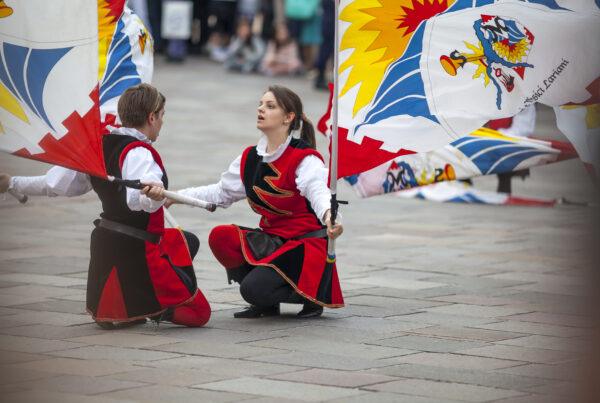Early History Lake Como
The site, where Como lies today, was uninhabited until the foundation of the city by the Romans. Probably the nature of the terrain, covered as it was with swamps produced by the lake, the lake’s frequent flooding and the presence of three rivers (Cosia, Valduce, Fiume Aperto) discouraged any settlement, by prehistoric man, who lacked an adequate knowledge of hydraulic engineering. Conversely, the outer part of the valley, which today corresponds to the outskirts of Como (San Fermo, Prestino, Breccia, Rebbio, Grandate, Albate) provides evidence of numerous and recurrent settlements dating from the Bronze Age, which centred around a large, common necropolis called “Cà Morta”. storia
Those people belonged to the so-called “culture of Golasecca”, after the village of the same name, located in the Varese province. Such a culture typified the Iron Age in the whole of north-western Italy. If you visit the pale-ethnology section of the Civic Museum in Como, you will notice that those people celebrated a common funeral rite: they burned the bodies on a pyre, then collected the ashes in a special vase (ossuary or cinerary urn).
These ashes were eventually buried – sometimes with the greatest care – together with the deceased’s belongings and some additional vases, probably containing the food necessary for the journey to the next world. The analysis of earthenware and bronzes, featuring very intricate work and a refined elegance of form, indicates the existence of a rich and culturally advanced civilization.
Only the most recent finds (dating from the 5th and 6th centuries b.C.) indicate a deterioration both in shape and in style, resulting from the Gauls’ invasion of the Po valley. After having defeated the Etruscans by the Tessin river, probably near Magenta, the Gauls conquered Golasecca and submitted the Como territory where, according to Livio’s history books, they built 28 fortified castles all around the so-called “Comun Oppidum”.
The Roman age
The first contacts between Como and Rome date from 196 b.C., when consul M. Claudius Marcellus conquered the Comenses and their allies, the Insubres, in an unspecified area south of Como. Many people died and, because of the subsequent unconditional surrender the Defeated, were forced to leave the villages located on the lower slopes of the mountains, close to Como’s present location (Monte Croce, Monte delle Tre Croci, etc.) and to move down to the lowlands. According to some historians, they moved only later, namely at the time of the Reatians’ invasion in 90 B.C. After such a bloody battle (40,000 dead), the Romans would never have allowed the defeated to settle in nearly inaccessible places so similar to their former home.
bassorilievoIn 89 b.C., consul Pompeius Strabo, Pompeius Magnum’s father, arrived in Como. He was entrusted with the restoration of the city, which had been destroyed by the barbarians. Traditionally, the history of Como is dated from that time. The three rivers were channelled, “Oppidum” became a legal colony (Lex Pompeia) and the Comenses began building on the Lake shores (Novum Comum). According to Strabo, Gaius Scipio took 3000 colonists to Como, between 80 b.C. and 70 b.C. Perhaps they settled in Coloniola, an eastern district of the town, overlooking the lake. The etymology of Coloniola might indeed confirm this as their ancient destination. In addition, its present urbanistic structure reflects the orthogonal shape, typical of the Roman “Castri”.
There was a second wave of immigration in Caesar’s time: 500 Greeks developed new agricultural practices. i.e. oliveorchards and vineyards. This age was characterized by extensive development, which was particularly evident in town planning. The city walls and orthogonal shape, public buildings and palaces were built. Such development did not take place without difficulties and compromises: actually, the struggle between Caesar and Pompeius led to some embarassing situations. For its part, the Senate challenged the rights of Roman citizenship, given to the people of Como.
With Caesar’s total victory, the situation obviously changed: Como became a “municipality” and thus an almost totally autonomous city. Its increasingly important role is also evidenced by the attitudes of the emperors who succeeded Caesar.





